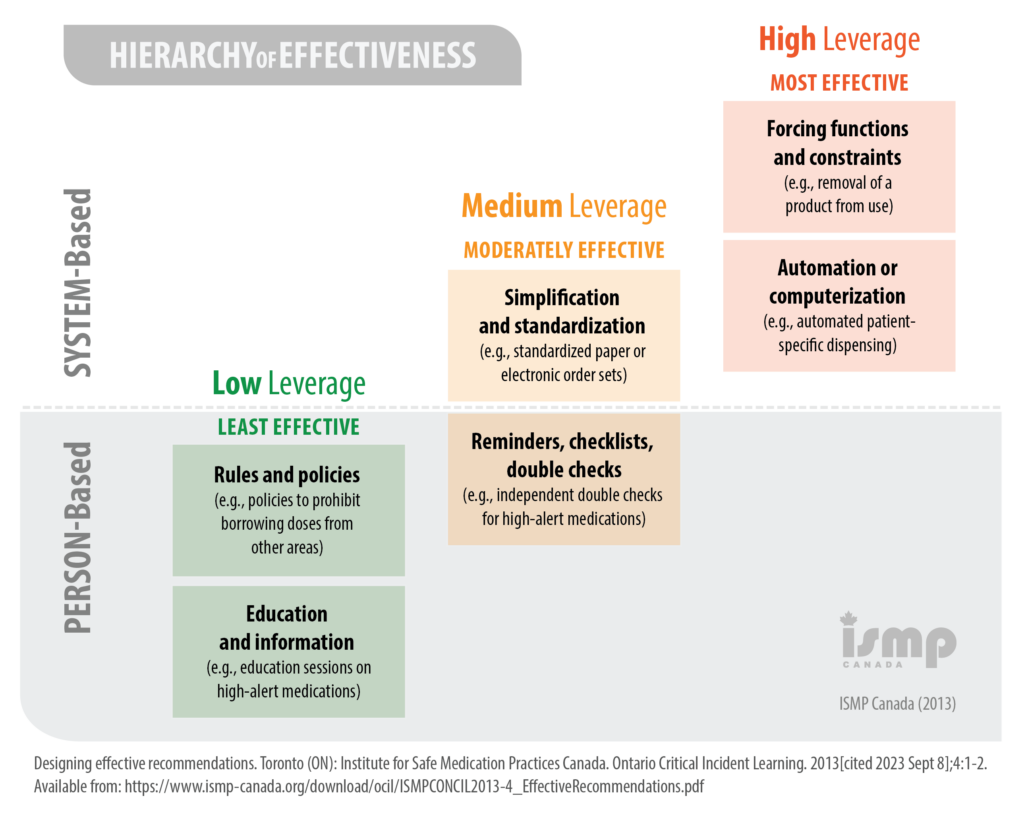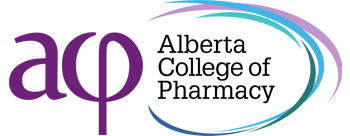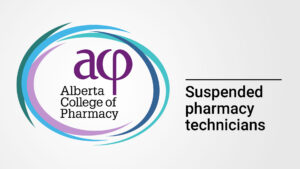
So far in our series about the five key activities of ACP’s new continuous quality improvement program (CQI+), we have learned about Prevent, Respond, and Analyze. This article focuses on the fourth key activity: Improve.
Improvement is both an activity and an outcome. It’s constantly making changes to minimize risks and enhance the quality of the care you provide. Then, it’s evaluating those changes to see if they’re working and tweaking and refining them further. This is continuous quality improvement in action.
Improvement can be achieved proactively or reactively, and both are essential for a comprehensive CQI program in the pharmacy. For example, completing your self-assessment (see Prevent) will yield several literature-informed opportunities for improvements that can be implemented before a practice incident occurs. It’s just as important to make improvements after a practice incident or close call has already occurred. Once pharmacy teams have analyzed a practice incident or close call and identified the contributing factors, it’s time to look at what strategies they could incorporate to ensure a similar event doesn’t happen again.
Whether looking at proactive or reactive improvements, licensees and the pharmacy team must work together to identify opportunities for improvement.

Our Improve page explains how to evaluate different risk-mitigation strategies using the Hierarchy of Effectiveness. In general, system-based approaches and forcing functions are the most effective, but can often be complex and resource intensive to put into action. For example, barcode-scanning technology or automation can help to eliminate the risk of selection errors. But implementing such a technology can be costly, and may require additional time and effort by team members to implement. Safety is always worth investing in, but consider whether person-based approaches could achieve some “easy wins” to complement and enhance the improvement opportunity.
Person-based approaches are usually quicker to implement with minimal impact on resources, but they tend to be less effective. These types of approaches include conducting staff training, updating policies and procedures, and developing checklists. These strategies are easy to implement, so they give pharmacy teams the chance to act more quickly. Overall, it’s up to the pharmacy team to choose a strategy, or a combination of strategies, that will have the biggest impact on safety while also being realistic to achieve.
When you’ve settled on an action plan, it should be documented in the team’s practice incident management platform. When developing action plans for improvement, it’s always a good idea for pharmacy teams to ensure their plans are SMART. This means the plan should be
- specific,
- measurable,
- attainable,
- relevant, and
- time-bound.
These kinds of plans have the best chance for success.
Patients who have been affected by a practice incident often say that they’d like to know what is being done to prevent a similar event from happening again. Pharmacy teams should consider taking this opportunity to close the loop with the patient, as this may help build, or re-build, trust. Taking it one step further, patients may even appreciate the opportunity to collaborate on improvement strategies, and your pharmacy team will benefit from their insights.
How do you know if your plan worked?
Remember when we talked about refining and tweaking your improvements? Once a pharmacy team has developed its action plan to improve, the job isn’t over. The team should routinely monitor to see if the changes are working. The Improve webpage has tips on how to do this. Again, patients can be an excellent resource in evaluating change, as they can provide a unique perspective on the care they receive.
In our next article, we’ll look at the fifth and final key activity of CQI+: Communicate.




